81 F. high in the Twin Cities Tuesday.
83 F. average high on July 29.
79 F. high on July 29, 2013.
July 29, 1971: Cool spell across Minnesota with frost in north and freezing temperatures reported as far south as Pipestone.
Tornado Amnesia
Many
residents of Revere, Massachusetts, about 5 miles northeast of Faneuil
Hall in downtown Boston, were shocked that an EF-2 tornado could strike
at 9:30 AM on a Monday morning. It was on the ground for 2 miles,
ripping up 100 homes and businesses - a blunt reminder that tornadoes
can hit cities and close-in suburbs.
A little concrete &
asphalt doesn't protect you from nature's most fickle wind. The urban
heat island and drier air over metropolitan areas may inhibit small
tornadoes, but large twisters pull in moisture & energy from a 5-10
mile radius. A few high-rise buildings won't stop them from forming. A
tornado is more of a process than an object. If you see large hail or
rotation, even in the morning in a major city, start looking for an
underground shelter.
July has been the deadliest month for U.S. tornadoes since 1978.
The
next unusually strong southward bulge in the jet stream may treat us to
60s and 70s by the end of next week. Another premature puff of autumn.
Enjoy 80s into Sunday; the best chance of T-storms late Friday, again Monday. No sizzling heat or controversial dew points.
It's been an amazing week. And no, I take nothing for granted these days.
Photo credit above: "
Master
Auto manager Marie Annaloro, left, and Victoria Ohlson,right, sweep
glass and debris in the service garage where the roof blew off in
Revere, Mass. Monday, July 28, 2014, after a tornado touched down.
Revere Deputy Fire Chief Mike Viviano says the fire department in that
coastal city has received dozens of calls reporting partial building and
roof collapses, and downed trees and power lines. Viviano says there
are no immediate reports of deaths or serious injuries." (AP Photo/Elise Amendola).
100 Homes Damaged As Tornado Jolts Revere.
The photo above looks like something you might see in Kansas or
Oklahoma. But it was from Revere, a close-in suburb of Boston, within
5-6 miles of Fanuil Hall, hit by an EF-2 tornado Monday morning.
The Boston Globe has a remarkable look at the damage, including photos and videos; here's a link: "
A tornado carrying winds as high as 120 miles per hour roared through Revere Monday, uprooting hundreds of trees, ripping roofs off houses, and spurring an intensive recovery effort that could last weeks..."
Photo credit above: Jessica Rinaldi/Globe Staff. "
A look inside N.C.'s Auto Service in Revere after the storm on Monday."
EF-2 Tornado In Revere, Massachusetts: Damage & Debris But No Serious Injuries. Which is miraculous, considering the population density of the suburb impacted by Monday's tornado. Here's an excerpt from
Public Safety Reporter: "
The
National Weather Service in Taunton, MA has confirmed that an EF-2
tornado touched down on the morning of July 28, 2014 in Chelsea and
Revere in Suffolk County, MA. The tornado is unusual because of the
geographic location that was hit, and the morning time frame that the
tornado struck - about 9:32 AM to 9:36 AM EDT. The tornado had a path
length of 2 miles and a path width of 3/8 of a mile. Maximum wind gusts
were estimated at a range of 100 MPH to 120 MPH..."
Image credit: Courtesy of WCVB-TV in Boston. "
Security
cameras at a Revere school captured the moment a tornado hit the city
Monday morning when trees were knocked down by winds from an EF-2
tornado."
* More details on the Revere EF-2 tornado from
The Boston Herald.
USA Having Deadliest July For Tornadoes Since 70s.
USA TODAY has some perspective on the sudden rash of tornadic storms in recent weeks; here's an excerpt: "...
The
ferocious tornado that roared through a campground in Virginia on
Thursday morning, killing two people, raised the national death toll for
July tornadoes up to six. That's the most tornado deaths in July since
1978, when tornadoes killed 11 people that month, according to
meteorologist Harold Brooks of the National Severe Storms Laboratory in
Norman, Okla. The worst July for tornadoes was 1893, Brooks said, when
73 people were killed..."
Photo credit above: "
Michelle
Ellison, left, is among those looking through debris from her home
Monday, July 28, 2014, near LaFollette, Tenn. The National Weather
Service confirmed a F-3 tornado packing winds of 140 mph slammed into
the community Sunday night, leveling 10 homes and and a business." (AP Photo/Knoxville News Sentinel, J. Miles Cary).
Tracking Tornadoes For Your County Since 1950.
The Midwestern Regional Climate Center
(MRCC) has an impressive online tool that allows you to zoom into your
county, or any county in the Midwest, to see all the tornadoes from
1950-2013, filtered by strength (EF-0 to EF-5).
Better Than A Siren: How New Technology Is Keeping People Safe From Tornadoes.
Research suggests that if multiple media sources are (simultaneously)
sending you the same tornado warning you may be more likely to act on
that information - if not only TV and radio is displaying the warning,
but you're getting texts, e-mails and alerts. Here's an excerpt from
The Los Angeles Times: "...
Capabilities
exist today so that when a tornado is coming, people can simultaneously
receive phone calls at home and work; texts and push notifications from
their mobile phones/tablets; pop-up alerts on their laptops/desktops;
messages via LED billboards and signs alongside roads and highways; and
automated announcements via loudspeaker and intercoms at schools,
athletic events, and malls. Everything, all at the exact same time..."
Image credit: Aeris/HAMweather.
The
National Weather Weather Service in Tuanton, Massachusetts has
confirmed that an EF-2 tornado touched on the morning of July 28, 2014
in Chelsea and Revere in Suffolk County Massachusetts. The tornado is
unusual because of the geographic location that was hit, and the morning
time frame that the tornado struck — about 9:32 a.m. to 9:36 a.m. EDT.
The
tornado had a path length of two miles and a path width of 3/8 of a
mile. Maximum wind gusts were estimated at a range of 100 MPH to 120
MPH.
- See more at:
http://www.publicsafetyreporter.com/2014/07/29/ef-2-tornado-in-revere-massachusetts-damage-and-debris-but-no-serious-injuries/#sthash.gIcdGYFC.dpuf
Annoying Minor Floods Are Increasing on U.S. Coasts.
AP reports on the implication of astronomical forcing (tides) and storm
surges from Nor'easters and tropical systems - coupled with slowly
rising sea levels. Here's an excerpt of an
AP story:
"Along much of America's coasts, the type of flooding that is more
annoying than dangerous has jumped more than fivefold in the last 50
years, the federal government reported Monday. Scientists blame rising
seas, saying this is one of the ways global warming is changing everyday
lives. The National Oceanic and Atmospheric Administration studied
coastal trends in what it calls nuisance flooding, where no one is hurt
but people have to deal with flooded roads and buildings..."
File photo above: "
This
Oct. 30, 2012 file photo shows Sveinn Storm, owner of Storm Bros. Ice
Cream Factory measuring flood waters outside his store in Annapolis, Md.
in the aftermath of Superstorm Sandy that passed through the East
Coast. A new federal report says that along much of America’s coasts,
the type of flooding that is more annoying than dangerous has jumped
more than fivefold in the last 50 years. And scientists blame rising
seas, saying this is one of the ways global warming is changing everyday
lives. The National Oceanic and Atmospheric Administration studied
nuisance flooding, where no one is hurt but people have to deal with
flooded roads and buildings." (AP Photo/Susan Walsh, File).
* NOAA has more information on the increase in nuisance flooding along the coast
here.
All Wet: USA's Top 10 Cities for "Nuisance" Flooding.
USA TODAY has more details on the recent report; here's a clip: "...
Sea
level has risen nearly 8 inches worldwide since 1880, but it doesn't
rise evenly. In the past 100 years, it has climbed about a foot or more
in some U.S. cities. Depending on fossil-fuel emissions, scientists
project global sea level will rise about one foot to slightly more than 3
feet (or 39 inches) by 2100, according to last year's Fifth Assessment
Report by the United Nations' Intergovernmental Panel on Climate Change.
Here are the 10 U.S. cities with the greatest percentage increases in
"nuisance" flooding since the 1960s.
City / Percentage increase
Annapolis, Md. 925%
Baltimore 922%
Atlantic City, 682%..."
Sea Level Rise And Nuisance Flood Frequency Changes Around The United States. The 66 page NOAA Technical Report (PDF) is
here. (City Dock in Annapolis, MD courtesy of Amy McGovern).
Looking Back at Hurricane Andrew, Over 20 Years Later.
KBTX.com takes a look back at a small but fierce Category 5 storm that struck just south of Miami in August, 1992; here's a clip: "
Hurricane
Andrew made landfall in South Florida in August of 1992. The community
of Homestead, south of Miami, was one of the locations hardest hit by
the Category 5 storm. According to the Miami - South Florida National Weather Service office,
Hurricane Andrew caused an estimated $26 billion in damages -- making
it the most expensive natural disaster in United States history, at that
time. Andrew came on land on August 24th, with a sustained wind of
175mph. The storm caused 65 deaths, destroyed over 23,000 homes, and is
estimated to have damaged an additional 108,000 more between South
Florida and South Central Louisiana, where it made a second landfall
after moving back into the Gulf of Mexico..."
El Nino Indicators Ease. Here's an excerpt of an update from the
Australian Bureau of Meteorology: "
Despite
the tropical Pacific Ocean being primed for an El Niño during much of
the first half of 2014, the atmosphere above has largely failed to
respond, and hence the ocean and atmosphere have not reinforced each
other. As a result, some cooling has now taken place in the central and
eastern tropical Pacific Ocean, with most of the key NINO regions
returning to neutral values. While the chance of an El Niño in 2014 has
clearly eased, warmer-than-average waters persist in parts of the
tropical Pacific, and the (slight) majority of climate models suggest
El Niño remains likely for spring. Hence the establishment of El Niño
before year's end cannot be ruled out. If an El Niño were to occur, it
is increasingly unlikely to be a strong event..."
Weather Satellites Criticized Again, This Time For Security Risks. Could our weather satellites be hacked? The idea may not be as far-fetched as it sounds. Here's an excerpt from
eenews.net: "...
The
data from weather satellites could be hacked because of "significant
security deficiencies" in the information systems at the National
Oceanic and Atmospheric Administration, according to a new internal
report. The inspector general of the Commerce Department -- which houses
NOAA -- released
the report after Greenwire requested it through the Freedom of
Information Act. It raises multiple concerns about the security of the
systems that collect and disseminate weather data, raising the risk of
cyberattacks..." (Image: NASA).
What Makes A Major Disaster? TheHill has an interesting Op-Ed; here's a clip: "
What
constitutes a major disaster? The Senate Subcommittee on Emergency
Management, Intergovernmental Affairs, and the District of Columbia
takes up this question this week, and the answer significantly affects
our nation’s response to disasters. The Federal Emergency Management
Agency (FEMA) currently responds to too many disasters, contributing to
rising disaster loses. Congress should significantly raise the
threshold for federal disaster declarations to ensure the sufficiency of
federal assistance when truly needed..."
Fukushima Study: Think About Unthinkable Disasters.
From TMI to Fukushima to Hurricane Katrina in 2005 it's usually a
cascade of unintented consequences, a domino effect of events that
nobody could anticipate or model in advance, that magnify the impacts of
a disaster in unimaginable and unpredictable ways. Here's an excerpt of
a story from AP and
NBC40.net in South Jersey: "
A
U.S. science advisory report says Japan's Fukushima nuclear accident
offers a key lesson to the nation's nuclear industry: Focus more on the
highly unlikely but worst case scenarios. That means thinking about
earthquakes, floods, tsunamis, solar storms, multiple failures and
situations that seem freakishly unusual, according to Thursday's
National Academy of Sciences report. Those kinds of things triggered the
world's three major nuclear accidents. "We need to do a soul searching
when it comes to the assumptions" of how to deal with worst case events,
said University of Southern California engineering professor Najmedin
Meshkati, the panel's technical adviser. Engineers should "think about
something that could happen once every, perhaps 1,000 years" but that's
not really part of their training or nature, he said..."
File photo above: "
In
this March 12, 2011 photo provided by GeoEye, Fukushima, Japan is
shown. Japan's nuclear crisis intensified Sunday as authorities raced to
combat the threat of multiple reactor meltdowns and more than 180,000
people evacuated the quake- and tsunami-savaged northeastern coast where
fears spread over possible radioactive contamination."
Ebola's Spread. It's a wonder any of us want to check news headlines after hearing about this one;
The Economist has more on the disease and it's rapid spread, already the worst on record. Here's a clip: "..
Ebola
has no vaccine or cure, and kills up to 90% of those infected. It is
transmitted to people by wild animals or by other infected patients.
Fruit bats, often eaten by people living in West Africa, are thought to
be a host for the virus, which starts with flu-like symptoms but can
impair kidney and liver function, and in severe cases damages blood
cells, leading to external and internal bleeding..."
Get Ready for Generation Z. Younger Americans tend to be more optimistic, altruistic and entreprenurial; here's an excerpt from
Maclean's: "...
The
influential author and consultant Don Tapscott is a Gen Z optimist. His
2008 book, Grown Up Digital, features a study of 11,000 kids who were
asked whether they’d rather be smarter or better looking: 69 per cent
chose “smarter.” So is social researcher Mark McCrindle, of Sydney-based
McCrindle Research, who has been looking at Gen Z for seven years.
“They are the most connected, educated and sophisticated generation in
history,” he says. “They don’t just represent the future, they are
creating it...”
Girl's Galaxy S4 Smartphone Burns Under Her Pillow As She Sleeps. But was there a fire extinguisher app installed? Good grief.
Yahoo Tech has the story; here's a clip: "...
Last
week, a 13-year-old North Texas girl plugged her Samsung Galaxy S4 in
for its nightly juice-up before hitting the sack, only to be awoken by
the smell of something burning hours later. When she got up and searched
around for the source of the stench, she realized that she had wedged
her charging phone under her pillow. And not only was the backside of
the pillow scorched, but the phone was fried into an unrecognizable slab
of plastic and melted components..." (Image above courtesy of
Fox 4 in Tampa).
Part Car, Part Motorcycle, Polaris Slingshot Is The Inverted Trike Every Kid Dreams Of. I couldn't agree more. Here's an excerpt of a story at
Gizmag: "...
The noted Minnesota-based maker of all-terrain vehicles
and snowmobiles officially unveiled the new three-wheeled roadster this
week in the United States and Canada. Because of its open cockpit, this
two-seater reversed trike is officially classified as a motorcycle
rather than a car, meaning you'll need a helmet and a motorcycle
endorsement on your license to drive one. The unique combination of car
and motorbike offers a driving experience that's also different from
both, thanks to its broad stance, sport-tuned suspension and a chassis
that rides just five inches above the road..."
TODAY: Lukewarm sun, pleasant. Dew point: 55. Winds: NW 10. High: 80
WEDNESDAY NIGHT: Partly cloudy skies. Low: 61
THURSDAY: Plenty of sun. Hard to concentrate. High: 81
FRIDAY: AM sun, late PM T-storm? Dew point: 60. Wake-up: 63. High: 82
SATURDAY: Warm sun, very nice. Dew point: 58. Wake-up: 62. High: 84
SUNDAY: Sun fades, late-day T-storm risk. Wake-up: 67. High: 84
MONDAY: Front stalls, T-storms linger. Wake-up: 65. High: 78
TUESDAY: Still unsettled, scattered T-storms. Wake-up: 63. High: 77
Climate Stories...
General Mills Takes New Steps To Combat Climate Change. Here's a clip from a story at
The Los Angeles Times: "
General
Mills said Monday it would take new steps to combat climate change,
including expanding its emission reduction targets to include its vast
network of suppliers and contractors. About two-thirds of General Mills’
greenhouse gas emissions and 99% of its water use comes from its
indirect operations such as the farms it purchases raw materials from.
The Minneapolis-based company known for brands such as Cheerios,
Pillsbury and Haagen-Dazs pledged to include their supply chain in its
emission reporting and greenhouse gas reduction targets..."
Photo credit above: "
General
Mills, one of the world's largest cereal brands, also promised not to
contribute to deforestation in supply chains such as beef, soy and
sugarcane where deforestation has been rampant. That expands on the
company's existing pledge not to purchase palm oil from deforested land." (Rick Bowmer / Associated Press).
Global Warming May Increase With Rising Water Vapor In The Atmosphere.
Scientists are observing an increase in water vapor 3-7 miles above the
ground, but what's triggering this moistening trend aloft? Here's an
excerpt from a story at
Science World Report: "...
The
researchers measured water vapor in the upper troposphere collected by
NOAA satellites. Then, they compared this data to climate model
predictions of water circulation between the ocean and the troposphere
in order to see whether the changes in water vapor could be explained by
natural or human-induced causes. So what did they find? It turns out
that the rising water vapor can't be explained by natural forces.
Instead, it's probably due to increased greenhouse gases..."
Image credit above: "
What
might cause global warming to increase in the next few decades? It
could be water vapor. Color enhanced satellite image of upper
tropospheric water vapor." (Photo : NASA)
The Centerpiece of Obama's Energy Policy Will Actually Make Climate Change Worse. Will
natural gas, which has roughly half the greenhouse emissions as coal,
save us from ourselves? Naomi Oreskes has the Op-Ed at
The Nation; here's the introduction: "
Albert
Einstein is rumored to have said that one cannot solve a problem with
the same thinking that led to it. Yet this is precisely what we are now
trying to do with climate change policy. The Obama administration, the Environmental Protection Agency, many environmental groups and the oil and gas industry
all tell us that the way to solve the problem created by fossil fuels
is with more fossils fuels. We can do this, they claim, by using more
natural gas, which is touted as a “clean” fuel—even a “green” fuel...."
Photo credit above: "
A fracking operation in Mead, Colorado." (AP Photo/Brennan Linsley).
NBC Shows How To Report on the Economic Costs of Climate Change.
Media Matters has the recap; here's an excerpt: "...
The
July 29 edition of NBC's The Today Show reported on the extreme costs
of fighting the dozens of wildfires currently burning in Yosemite
National Park and across California, and how they are connected
to climate change. The fires, taking place during Yosemite's driest year on record, have destroyed 20 homes and forced over 1,200 people to be evacuated.
NBC correspondent Miguel Almaguer stated that the dozens of California
wildfires are "costing big money," expanding that the state of
California will spend $1 billion to fight wildfires this year. Almaguer
also highlighted how global warming has had a direct impact on the fire,
citing firefighters who are working on "the front lines of climate
change"...
World's Religions United For New York Climate Summit. The climate summit will be hosted by UN Secretary General Ban Ki-moon on September 21. Here's an excerpt from
RTCC: "...
Faith
leaders of all religion are important voices for people all around the
world. No matter what faith, whether Muslims, Christians, Hindus, they
have a care for the creation. Gathering such leaders is an important
space for creating a voice for this faith movement," said Mattias
Soderberg from ACT Alliance, one of the groups sponsoring the event..."
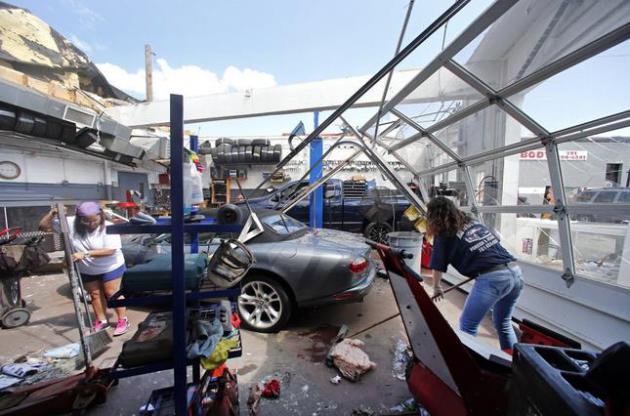
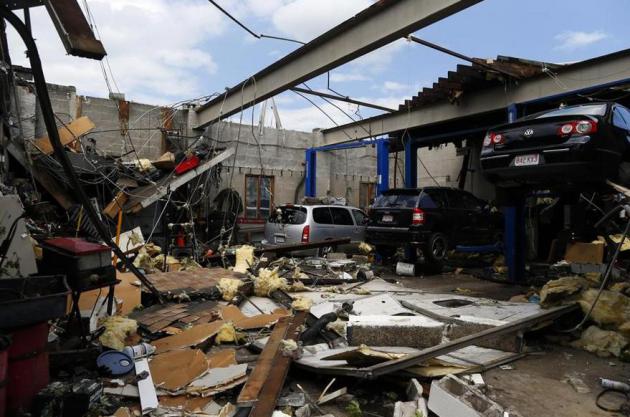
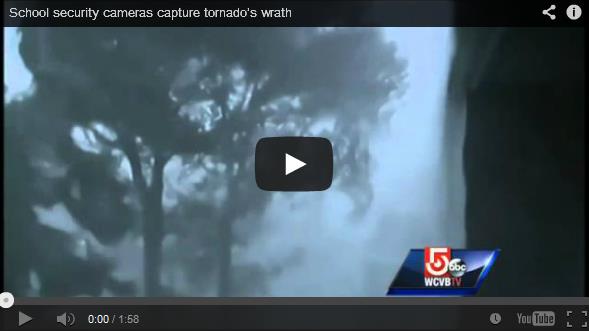
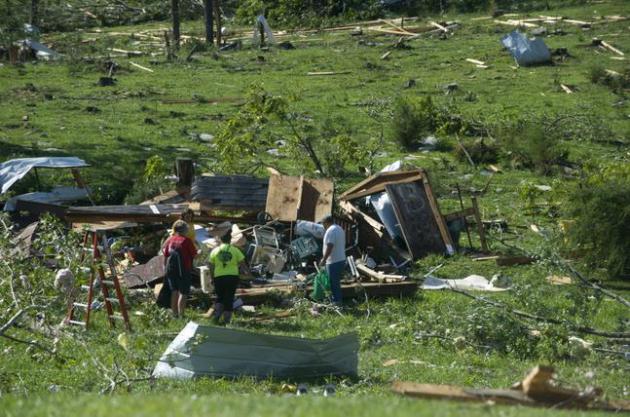
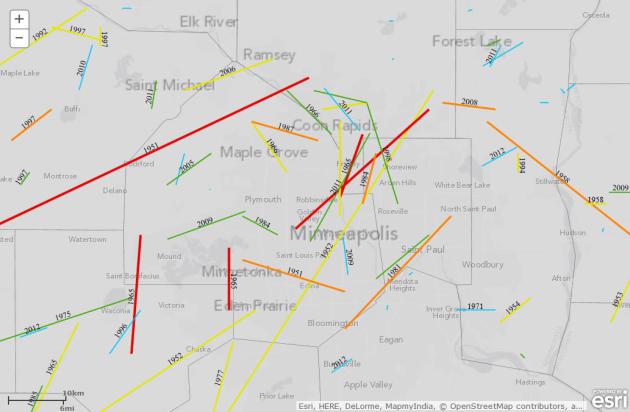
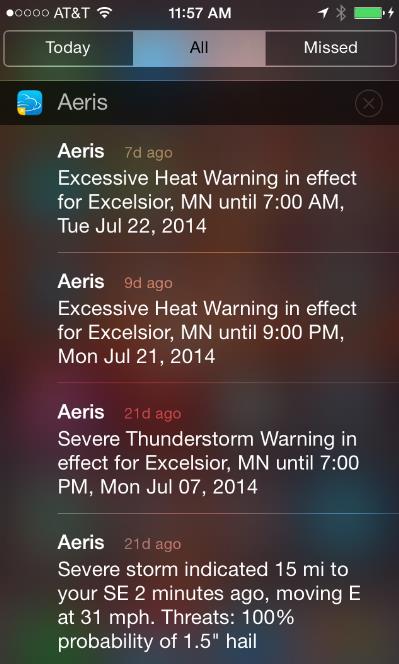
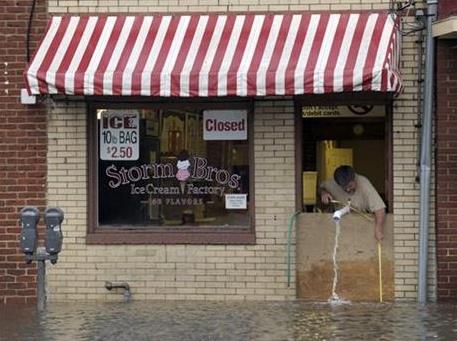
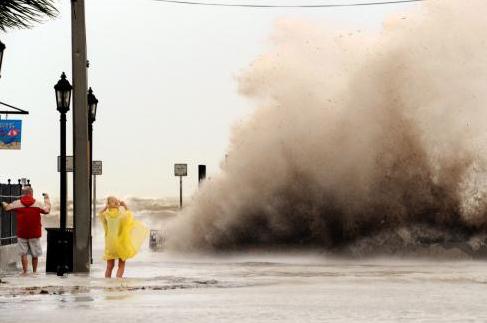
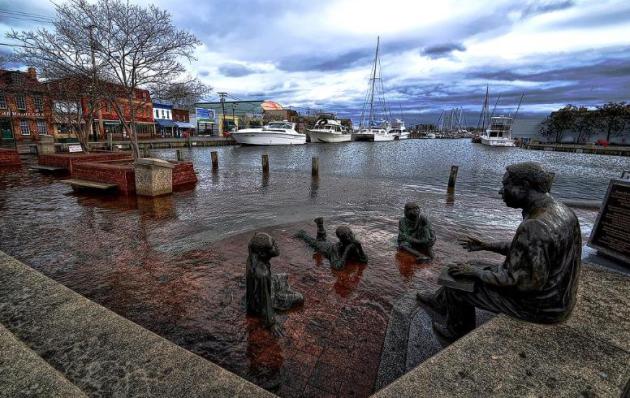
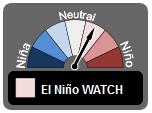
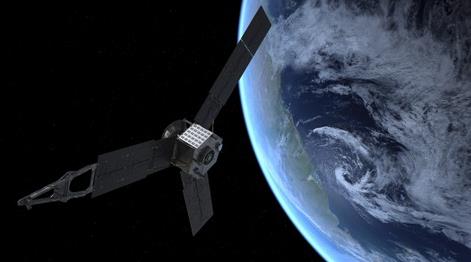

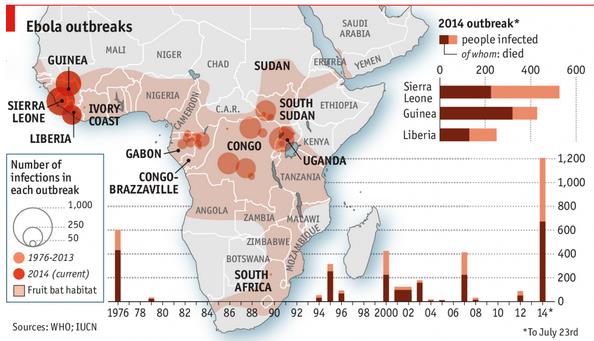




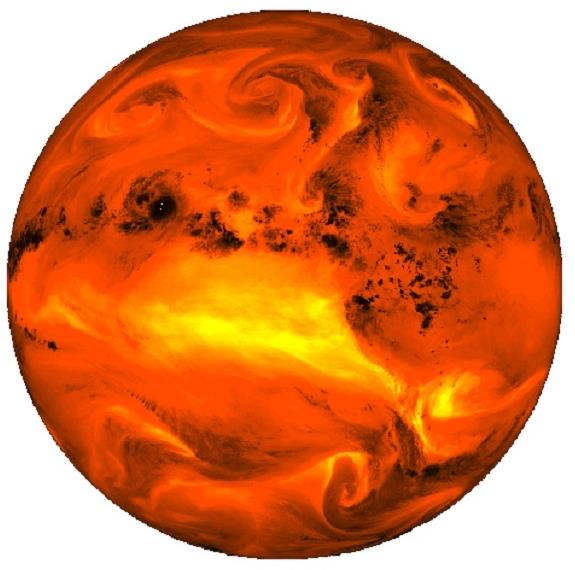
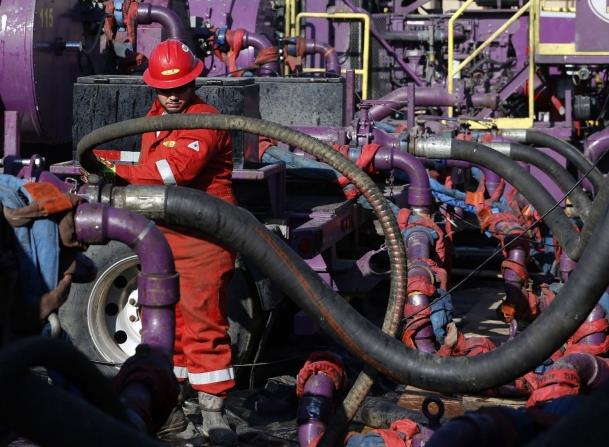
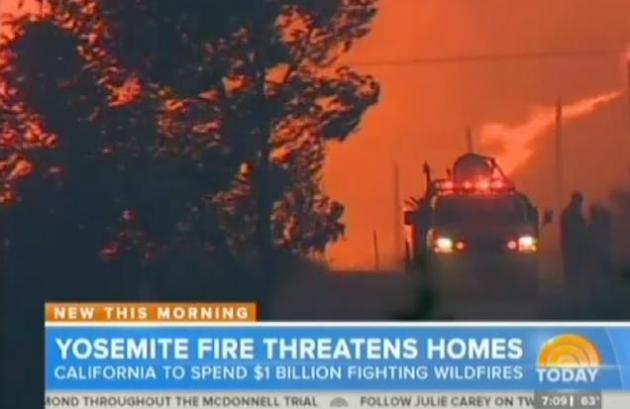
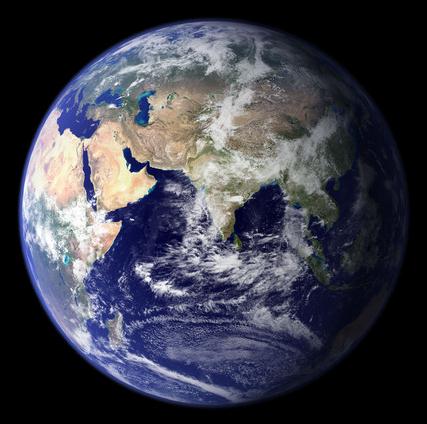
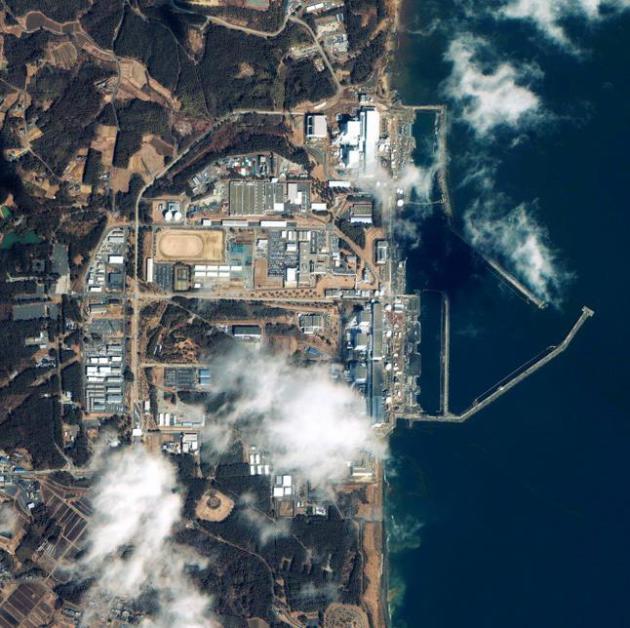
No comments:
Post a Comment